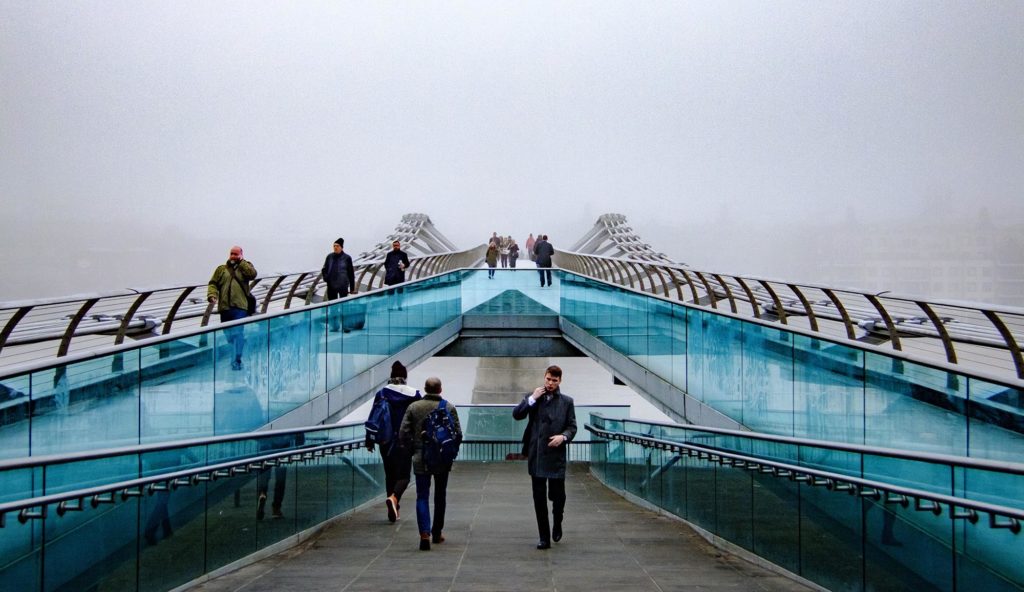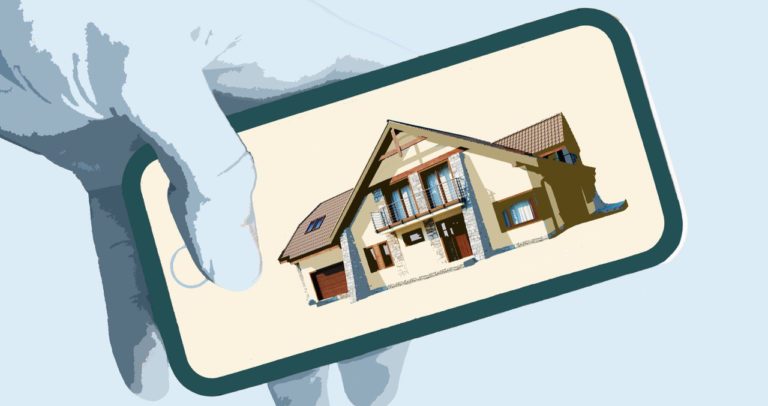
We’ve covered the San Francisco housing crisis more than a few times on this blog. While rent and mortgage costs are a pressing concern for Bay Area residents, there’s another major inconvenience that can be more acutely felt in the day-to-day: traffic.
Increasingly, the Bay Area is home to the Super Commuters. More than 100,000 Bay Area residents spend at least 90 minutes in the car each day going to work. The population grew by 112.7% between 2005 and 2016; the increased population growth has only exacerbated rush-hour congestion.
Why Does the Bay Area Have So Many Super Commuters?
The recipe for a rise in local super commuters is simple: high employment opportunities and low housing opportunities. There are enough good jobs in San Francisco to employ many thousands of people throughout the region. Unfortunately, housing supplies are so scarce and costs are so high that few can afford to live near work. These factors create a perennial log jam around San Francisco that sees the city’s workforce irritated, inconvenienced, and frequently late.
Is There an Answer to Super Commuting?
There are several potential solutions which could see workers spending less time staring at brake lights. None is a fix by itself. However, together, they could make a difference:
- Increased housing options within San Francisco would make a big difference. Workers could live near work, relying on bicycles and local public transit to get from their homes to their places of employment each day.
- The more remote workers San Francisco businesses can employ, the better. You do not have to commute when you work from home. Both employers and employees must have the motivation to push for this change.
- New public transit methods like bullet trains and Hyperloops could move the needle for super commuters, but fully-fledged iterations of these options are likely a generation away.
In the end, some of the world’s best companies reside in San Francisco, so the Bay Area super commuter rush hour snarl is not going away anytime soon. However, at the very least, we can support better infrastructure to decrease the congestion.






